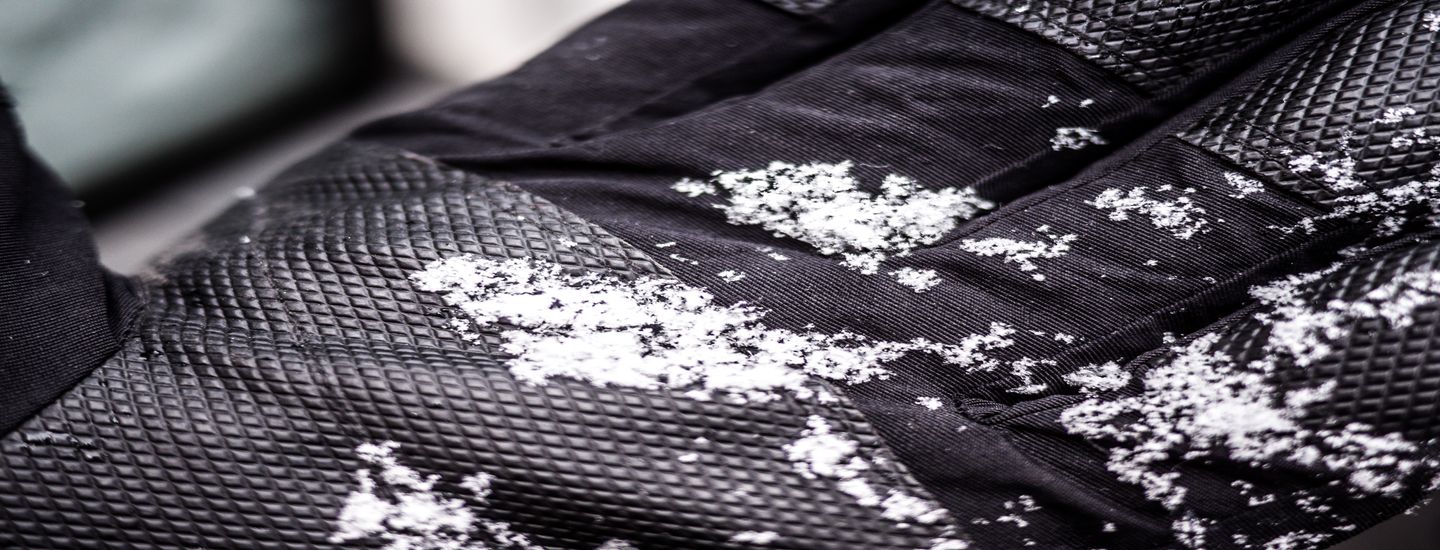March 28, 2019

Dealing with Record Cold in the Midwest
By Dave Trainor, PacLease Chicago’s Senior Service Manager
Spring is finally here and it couldn’t come quick enough. This past winter was absolutely brutal, with some parts of the country still thawing out.
How bad did it get in the Midwest? For three days at the end of this past January, areas of the Midwest were officially among the coldest places on the planet, with locations like Chicago experiencing wind chill temperatures reaching minus 54 degrees. Yes, that’s colder than places like the Antarctic or Siberia. To put that temperature into perspective, at minus 41 degrees, you can toss boiling water into the air, and it will freeze before touching down. That’s cold!
When the brutal temps hit, our company store in Hickory Hills sent out warnings to all of our customers about the dangers of operating equipment in this extreme cold. We knew that if they experienced any issues on the road, the tow companies would all be extremely busy trying to keep up with the volume of calls and stranded motorists. We informed them that at these temperatures, even treating your fuel with additive would not be sufficient and having a truck stall out and not re-start could be life threating for the driver. Did you know that at 10-15 degrees Fahrenheit, diesel starts gelling and clogging the fuel tank and fuel filters? And, while engine oil won’t freeze, it can be the consistency of sludge. That makes cranking the engine near impossible.
Most heeded our warning and some were forced not to put their trucks on the road due to the shippers and even the railroads shutting down.
Throughout the region, truckers had to deal with the question of how to ensure the truck will start the next time out. Many companies utilize block heaters and they typically work great. But in this extreme weather, even block heaters couldn’t keep up with Mother Nature. The outside temps dipped to minus 26 WITHOUT wind chill. Batteries simply couldn’t provide the juice to start the trucks. In some cases, fleets left their trucks running and bumped up the idle. What we found was those that let them run, experienced more pain than those that didn’t. The air temperature was so cold that the engine temperature never got warm and the emission system could not function correctly. This caused DPF filters to become so covered in soot that the engine would literally choke itself out because it could not breathe. The trucks would then have to be towed and the filter removed and cleaned.
What worked best? The tractors that utilized the auto start feature available through both Peterbilt and Kenworth found that this feature worked flawlessly. The trucks would start and run if the battery charge became low or the oil temperature fell to 20 degrees. Once the parameter was met the trucks shut off. This cycle continued throughout the time the vehicle was parked. It’s a feature we highly recommend on all our lease vehicles. Another great cold weather protector is the fuel tank heaters -- this keeps the fuel in the fuel tanks warm when driving in the cold temperatures to prevent fuel filter plugging.
We know that no matter the temperature and warnings, some customers will send their trucks out to make deliveries -- some don’t have options. We have the ability to build a truck for these customers with the features that are available through both Peterbilt and Kenworth.

While the severe cold caused havoc for trucks, you can imagine the impact on those who had to work in those conditions. These temperatures are uncommon for our Chicago Market, but they can be the norm in Alaska, parts of Canada, or other markets. I couldn’t be more proud of the crew we have at PacLease – they are extremely dedicated. Our employees braved the cold when most of the city was completely shut down. They took care of our customers -- working outside in minus 50 wind chill -- to get trucks up and running. Our customers noticed and complimented our efforts. This made our cold hands and feet warm considerably.
